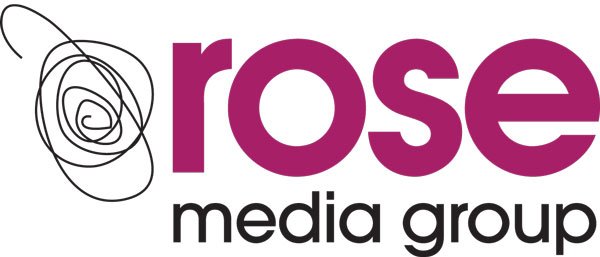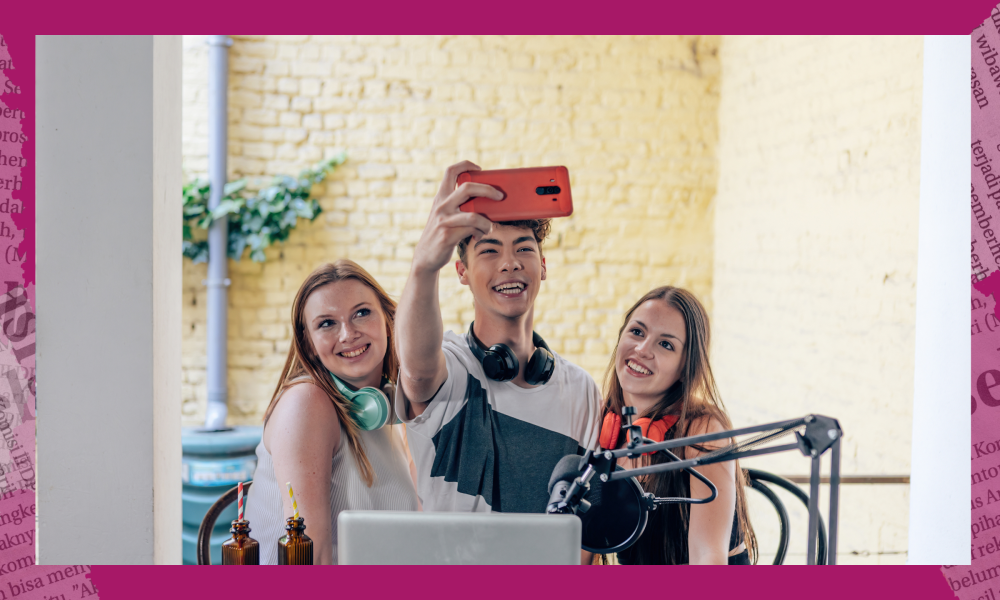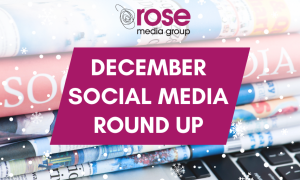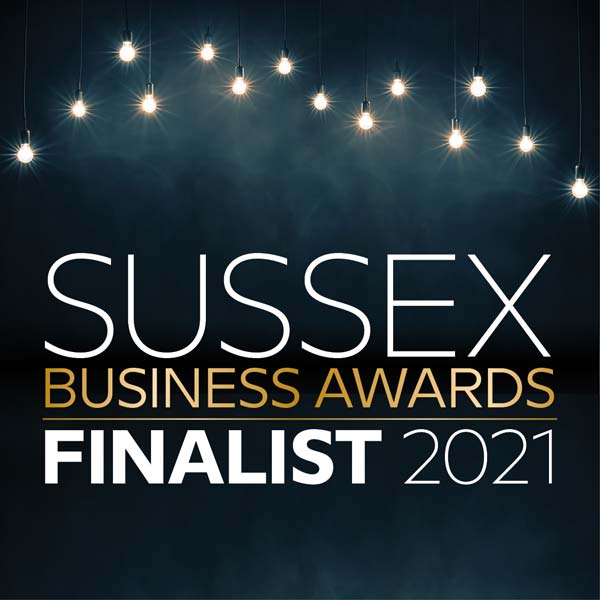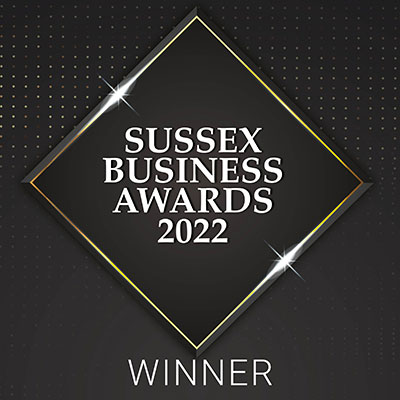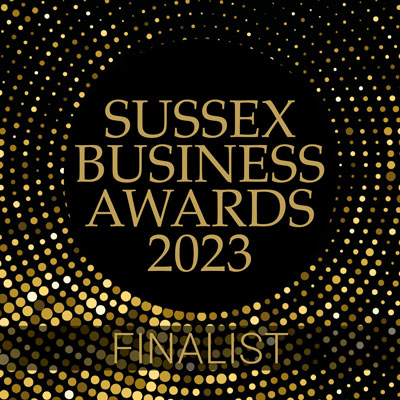Written by Kaia Lawson, Year 12 work placement student
In today’s world, everyone is exposed to public relations (PR) and advertising, whether it’s on social media, in magazines or TV. During my recent work experience at Rose Media Group, I started to really understand how PR targets teens. In this blog, I explore the sentiment behind targeting teens for product promotion and brand awareness and explain what works for us and what should definitely be avoided!
PR matters to teens because it’s everywhere, even when we don’t realise that we are targets of brands desperately fighting for our attention. Their strategies often shape our identities and self-image by promoting idealised lifestyles and success stories through celebrities and influencers.
As teens, we’re seen as the trendsetting generation. That’s why PR strategies, especially those on social media, are designed to reach us and make us fit into products and experiences to spread the trend quickly through TikTok, Instagram and other channels. The influencer culture has grown massively in the last five years. Brands, as part of their overall visibility, send a person with a huge social media following (an influencer) packaged gifts and deals to promote their products, most commonly on Tik Tok and Instagram. The thing is, teens trust influencers more than traditional ads so it’s easier for PR companies to target one person who influences lots of people with the same interests, through their platforms.
What does PR look like to a teenager?
Examples of PR to teens could be:
- a new song “randomly” going viral on Tik Tok
- an influencer showing off a new skin care product
- a youtuber doing an unboxing video
- a popstar posting a photo wearing a new fashion brand.
This means that PR is no longer just about press releases and there’s so much more involved in the process of getting a brand noticed, beyond the print and digital press.
What works in PR for teenagers?
Companies targeting teens should be mindful of what works. Funny content and using real people will definitely get brands noticed as well as using mistakes to highlight brand’s ethics such as owning up to a problem instead of hiding it – honesty is big with teens. Companies that get it right understand our generation because we are trying to steer away from stereotypes and perfect lifestyles. We value openness, relatability and being real.
How not to do PR for teens…
A tip for adults working on PR strategies for teenagers, please don’t try too hard to use teen slang. Trying to be cool won’t cut it with us as it’s so cringeworthy. If your aim is to reach this audience, be honest, authentic and have fun with your posts; don’t fake it!
Also, remember that our generation cares deeply about real issues like climate change, equality and mental health. These topics matter to us, so think about how your campaign can connect with them in a meaningful way.
What are examples of PR that I have experienced?
As someone on Tik Tok, I come across PR multiple times a day, usually through influencers or public figures. One standout example is Ami Charlize, who is a girl my age with 3.7 million followers. She frequently promotes anything from big-name brands to small start-ups. One post that caught my interest was about the UK Lash serum. I’ve always wanted longer lashes, so it stood out for me.
But before buying it, I asked my friends who’d used it if it really worked. Turns out, it did! Still, I was cautious because I know influencers are paid to promote products.
Even though Ami gave a discount code, I chose not to use hers. I understand from studying business that influencers earn money based on how many people use their code. That’s great for her, but I’d rather support someone else.
This is why PR needs to keep adapting. Customers are becoming more aware and intentional with their choices.
